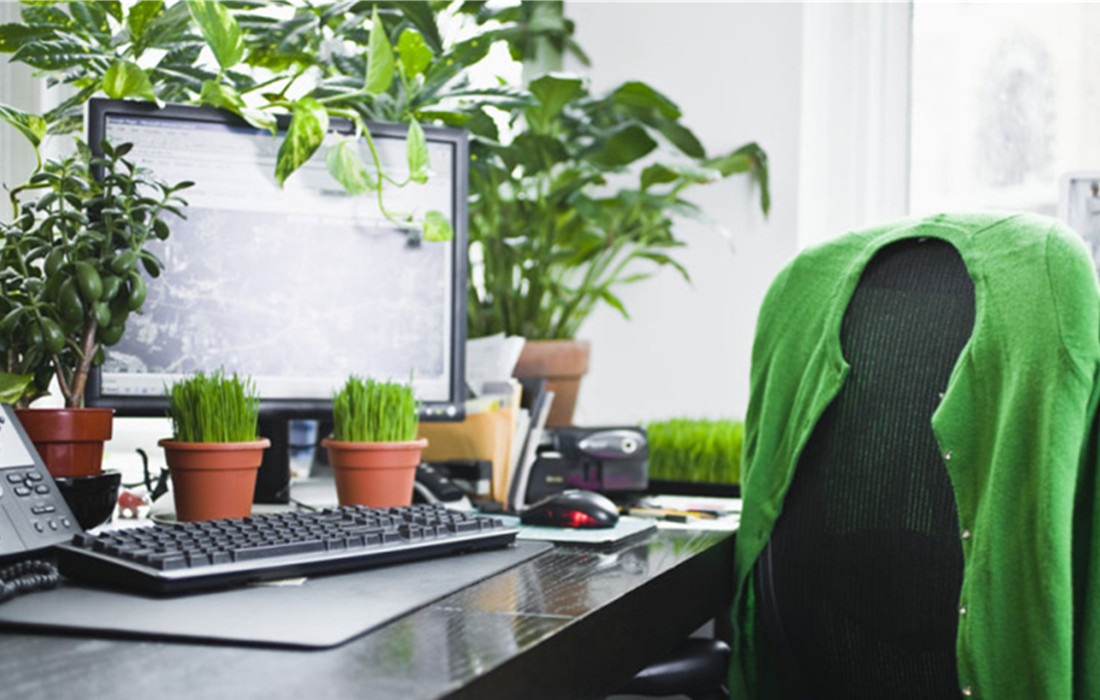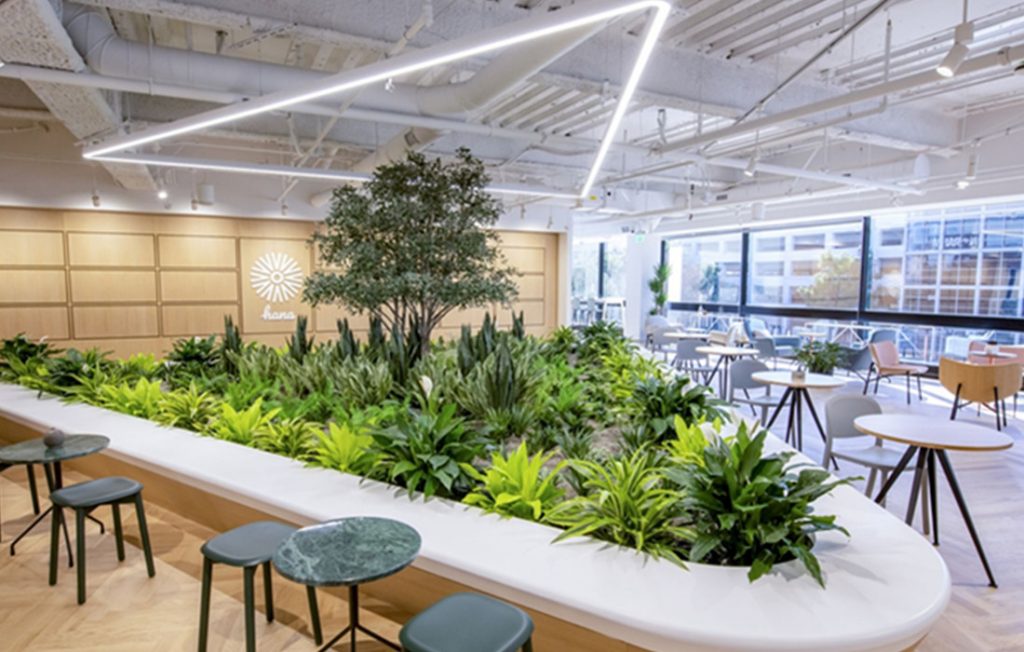It is now well known that office design is able to influence, both positively and negatively, the well-being and productivity of those who work there, but more and more studies reveal the surprising impact of the presence of flowers and plants in the environments of work.
The office is one of the places where we spend the most time and for this reason, it is important that it is designed to stimulate creativity and cognitive skills, but also to ensure maximum comfort. In recent years, the design of the workplace has been oriented towards a minimalist and essential aesthetic, designed to eliminate distractions and promote concentration, but more and more research indicates that the furniture of modern offices should be enriched with indoor plants, to increase the well-being of those who work there and improve the quality of the work itself.
A GREENER OFFICE
To take advantage of the positive effects of plants in the office, it is not necessary to transform your desk into a jungle: simply choose the right plants and position them in such a way as to integrate them with the rest of the environment.

_The best plants for offices are long-lived and hardy ones, easy to care for, and able to withstand regular abandonment during the weekend and during the holidays._
One of the most suitable plants is undoubtedly Phalangium, which survives well even in poorly lit rooms and does not require frequent watering. For the desk, on the other hand, succulent plants or succulents are perfect, requiring little care, and are also suitable for environments with poor air exchange. Spathiphyllum is also a plant that adapts very well to work environments, because it improves the quality of the air and does not require special care, except for regular weekly watering.
As far as green plant placement, the idea is to scatter plants around the entire office, in order to dot the entire environment with ‘green dots’, alternating small pots to keep on the desk with larger plants to be placed in open spaces. and in areas of frequent passage.

